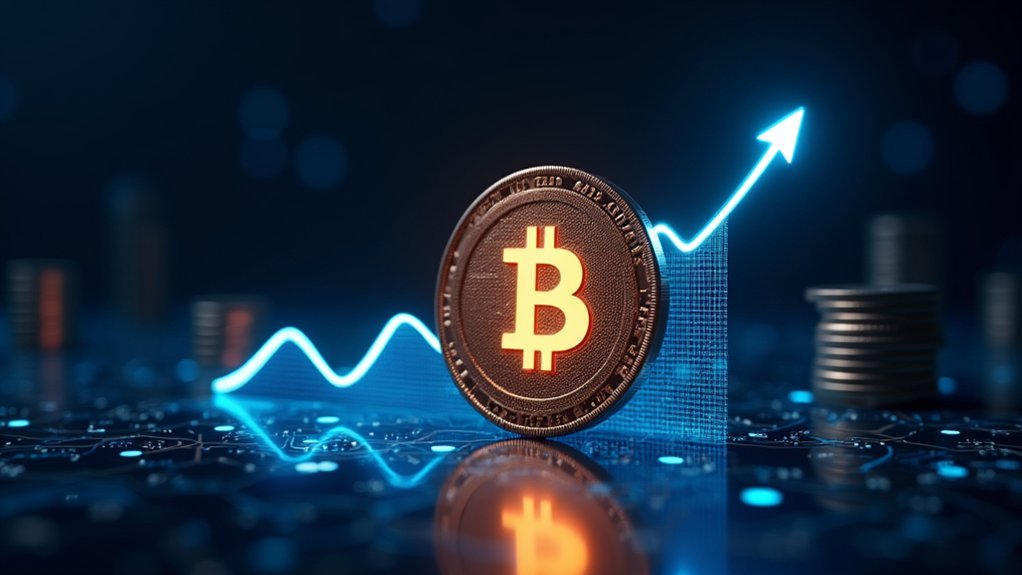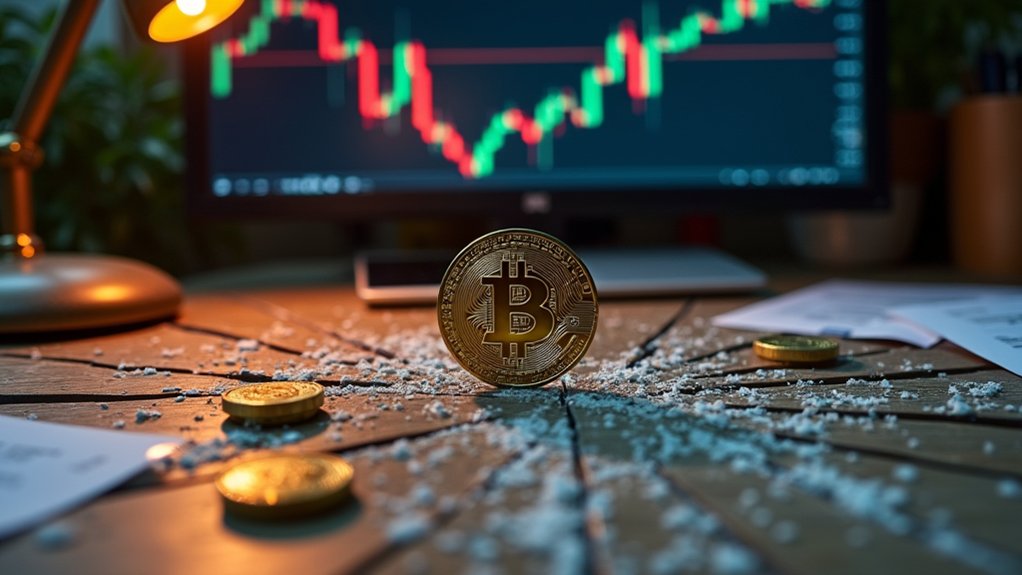Although the strategic decision to permanently burn approximately 279 million OKB tokens, valued at an estimated $26 billion and amounting to a 93% reduction in circulating supply, may be perceived as a monumental supply contraction within the cryptocurrency ecosystem, it simultaneously establishes a fixed token cap of 21 million—mirroring Bitcoin’s renowned scarcity model—and reflects OKX’s concerted effort to enhance OKB’s utility and value proposition through an irreversible on-chain transaction funded by historical buybacks and treasury reserves, thereby initiating a complex interplay of market dynamics, tokenomics recalibration, and ecosystem consolidation that demands rigorous analytical scrutiny from both investors and industry observers. This tokenomics evolution, characterized by the cessation of future token minting and manual burns implemented via upgraded smart contracts, signifies a fundamental shift in OKB’s economic architecture, positioning the token as a deflationary asset with a fixed supply, which, in turn, is anticipated to bolster market confidence by fostering perceptions of scarcity and inflation resistance analogous to Bitcoin’s monetary policy. The burn reduced the total OKB supply to exactly 21 million tokens, aligning it closely with Bitcoin’s total supply figure. Notably, Bitcoin’s energy-intensive mining process contrasts with OKB’s blockchain model, underscoring the evolving efficiencies in token management via mechanisms like token burns. The resultant contraction of circulating supply, coupled with the integration of OKB as the sole native and gas fee token on OKX’s X Layer blockchain ecosystem, further consolidates token utility and aligns incentives for holders and developers within the platform’s expanding decentralized financial infrastructure. Additionally, the burn was executed from OKX reserves, creating scarcity that directly influenced market dynamics and investor behavior.
Market reaction to the burn was immediate and pronounced, with OKB’s price experiencing surges ranging from 100% to 200%, while trading volumes escalated by an unprecedented 13,000%, reaching approximately $723 million, thereby reflecting heightened speculative interest and liquidity influx prompted by the supply shock. Despite such exuberance, financial analysts counsel prudence, emphasizing that the price appreciation, though supported by tokenomics reforms and ecosystem upgrades—including enhanced transaction throughput, reduced gas fees, and improved Ethereum compatibility—remains contingent upon sustained adoption and developer engagement. The strategic phasing out of the OKT token and migration incentives toward the upgraded X Layer ecosystem underscore OKX’s ambition to unify its blockchain architecture under a single-layer token model, which is expected to streamline governance, decrease fragmentation, and potentially augment long-term value accrual for OKB holders within a more robust and scalable infrastructure. This upgrade aligns with broader industry trends favoring energy-efficient protocols, as seen in Ethereum’s transition to proof-of-stake adoption, which significantly reduces energy consumption.









